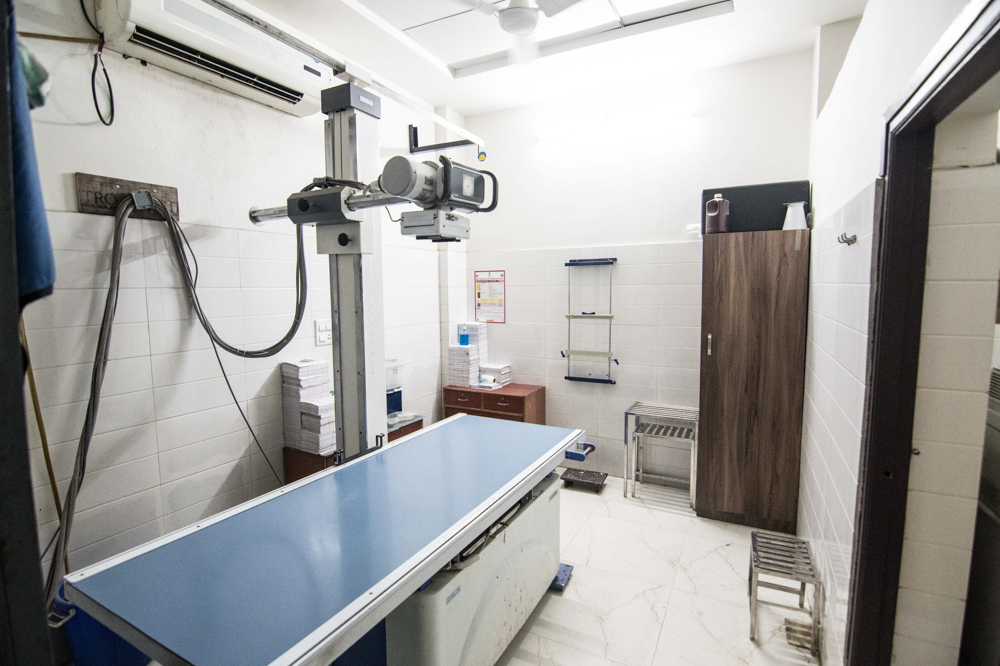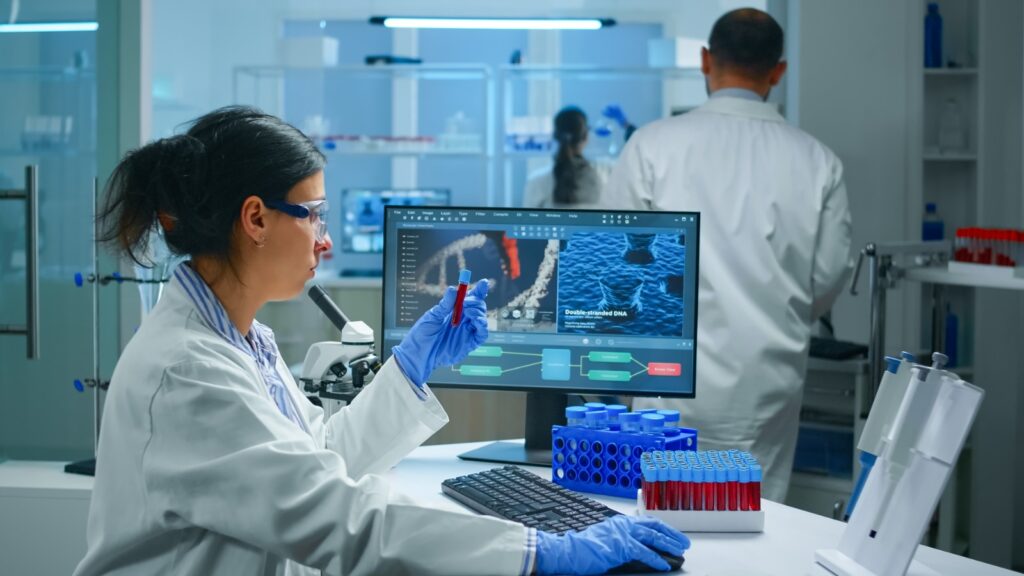Digital radiography (DR) has transformed medical imaging, offering a faster, more efficient way to obtain high-quality diagnostic images. Unlike traditional film-based X-rays, digital radiography captures images electronically, providing clearer results and reducing radiation exposure. But did you know that digital radiography comes in different types, each with its unique applications and benefits? Here’s a breakdown of the main types of digital radiography.
1. Direct Digital Radiography (DR)
Direct Digital Radiography (DR) is a type of radiography where X-ray sensors directly capture images and immediately send them to a computer. This process eliminates the need for an intermediary image receptor, making it one of the fastest and most efficient forms of radiography. DR is widely used in hospitals and clinics because it provides near-instant images with high resolution.
Key Benefits of DR
- Speed and Efficiency: Images appear within seconds, allowing for real-time diagnostics and shorter patient wait times.
- Enhanced Image Quality: High-definition images make it easier to detect subtle abnormalities.
- Reduced Radiation: DR uses lower radiation doses, making it safer for repeated imaging.
2. Computed Radiography (CR)
Computed Radiography (CR) uses a special imaging plate to capture X-rays, which are then digitally processed. Unlike DR, CR requires the imaging plate to be scanned by a special reader before the image can be displayed on a computer. Although slightly slower than DR, CR is still a vast improvement over traditional film X-rays and is commonly used in settings where DR equipment might not be available.
Key Benefits of CR
- Cost-Effectiveness: CR equipment is often more affordable than DR, making it a popular choice in smaller clinics and imaging centers.
- Versatility: CR plates are compatible with existing X-ray systems, so facilities can upgrade to digital imaging without fully replacing older equipment.
Decent Image Quality: While not as high-resolution as DR, CR still provides good-quality images that support accurate diagnosis.
3. Portable Digital Radiography Systems
Portable digital radiography systems are highly convenient for bedside imaging or use in remote or emergency settings. These systems utilize either DR or CR technology and are designed to be lightweight, easily transportable, and compact, making them ideal for situations where traditional imaging setups are impractical.
Key Benefits of Portable Digital Radiography
- Mobility: Useful for imaging patients who are immobile, critically ill, or located in remote areas.
- Speedy Setup: These portable units are quick to set up and allow for immediate imaging.
- Versatility: Portable systems can be used for a wide range of diagnostic needs, including emergency room and ICU imaging.
4. Flat Panel Detectors (FPD)
Flat Panel Detectors (FPD) are used in many digital radiography systems, especially DR. FPD technology consists of a thin, flat panel that captures X-ray images electronically. The panels can be either indirect or direct types: indirect FPDs convert X-rays into light before creating an image, while direct FPDs convert X-rays directly into an electronic signal for a sharper image.
Key Benefits of FPD
- High Resolution: Offers clear, detailed images essential for accurate diagnoses.
- Fast Processing: Provides quick image capture and display, ideal for busy clinical environments.
- Reduced Radiation: Advanced technology minimizes radiation exposure without compromising image quality.
5. Dual-Energy Digital Radiography
Dual-energy digital radiography captures images at two different energy levels, which allows for enhanced contrast and clearer differentiation between tissues, bones, and foreign objects. This technique is particularly useful for detecting subtle differences in soft tissues, identifying foreign materials, or monitoring bone density.
Key Benefits of Dual-Energy Digital Radiography
- Improved Contrast: Differentiates between tissues more effectively, aiding in better diagnosis.
- Bone Density Assessment: Useful in identifying osteoporosis and other bone health concerns.
- Foreign Body Detection: Helps detect foreign objects or materials within the body, making it valuable for trauma or surgical imaging.
6. Fluoroscopy with Digital Radiography
Fluoroscopy is a type of continuous X-ray that produces real-time images, often used for guided procedures or to observe dynamic processes, such as swallowing or blood flow. When paired with digital radiography, it provides clearer, real-time visuals that assist in various medical procedures.
Key Benefits of Digital Fluoroscopy
- Real-Time Imaging: Ideal for procedures like catheter placement, joint injections, and GI studies.
- Dynamic Process Observation: Allows doctors to view processes in real-time, crucial for accurate assessments.
- Reduced Radiation Exposure: Digital fluoroscopy often requires less radiation than traditional fluoroscopy techniques.
Choosing the Right Type of Digital Radiography at Dr. Vayas Lab
At Dr. Vayas Lab, we use advanced digital radiography systems to meet diverse diagnostic needs. From high-resolution DR and CR to specialized dual-energy imaging, we ensure each scan is optimized for clarity, speed, and patient safety. Our team will guide you through the best digital radiography type for your needs, prioritizing accuracy and comfort.
Digital radiography offers a range of options tailored to specific diagnostic purposes. Whether you need a quick bedside scan or a detailed tissue analysis, understanding the types of digital radiography can help you make informed healthcare decisions.




